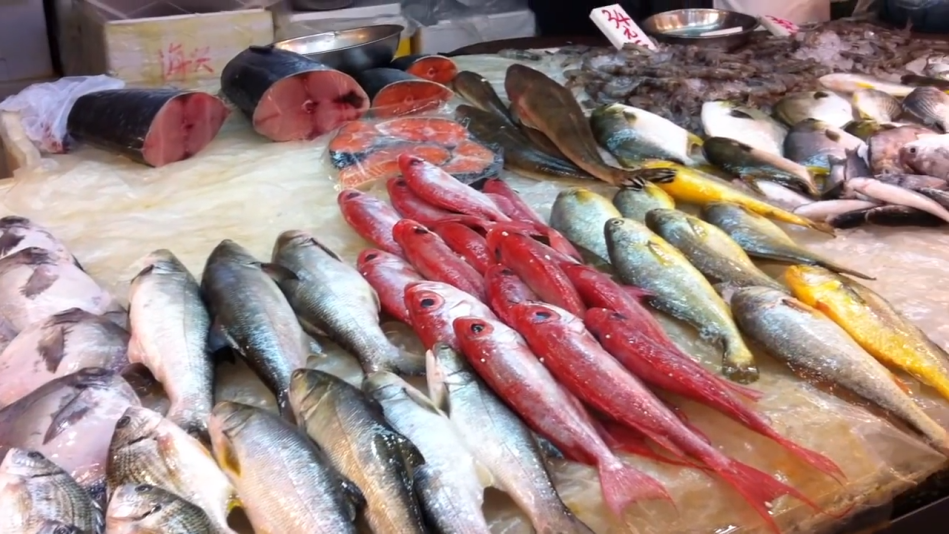Complex Geology Contributed to Deepwater Horizon Disaster
A study from the University of Texas at Austin is the first published in a scientific journal to take an in-depth look at the challenging geologic conditions faced by the crew of the Deepwater Horizon drilling rig and the role those conditions played in the 2010 disaster. The well blowout killed 11 people and spewed ...













